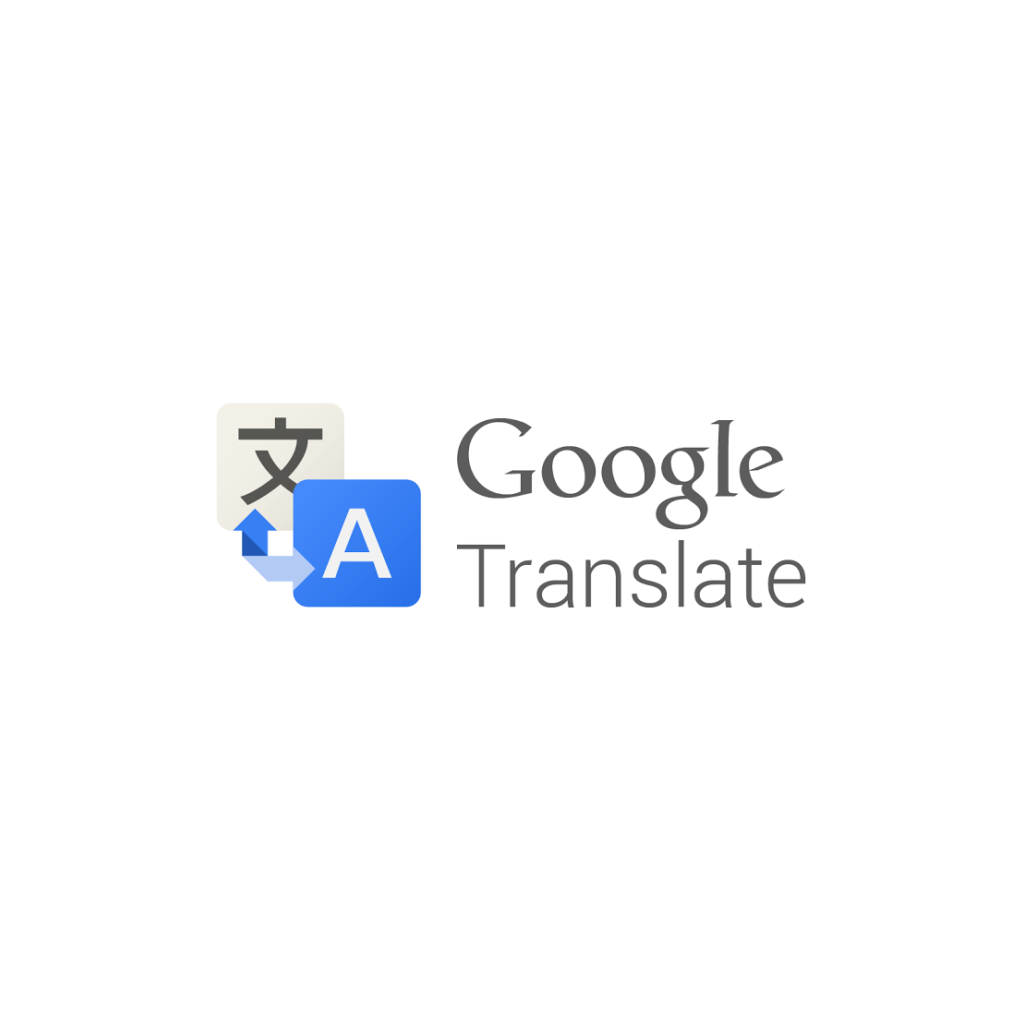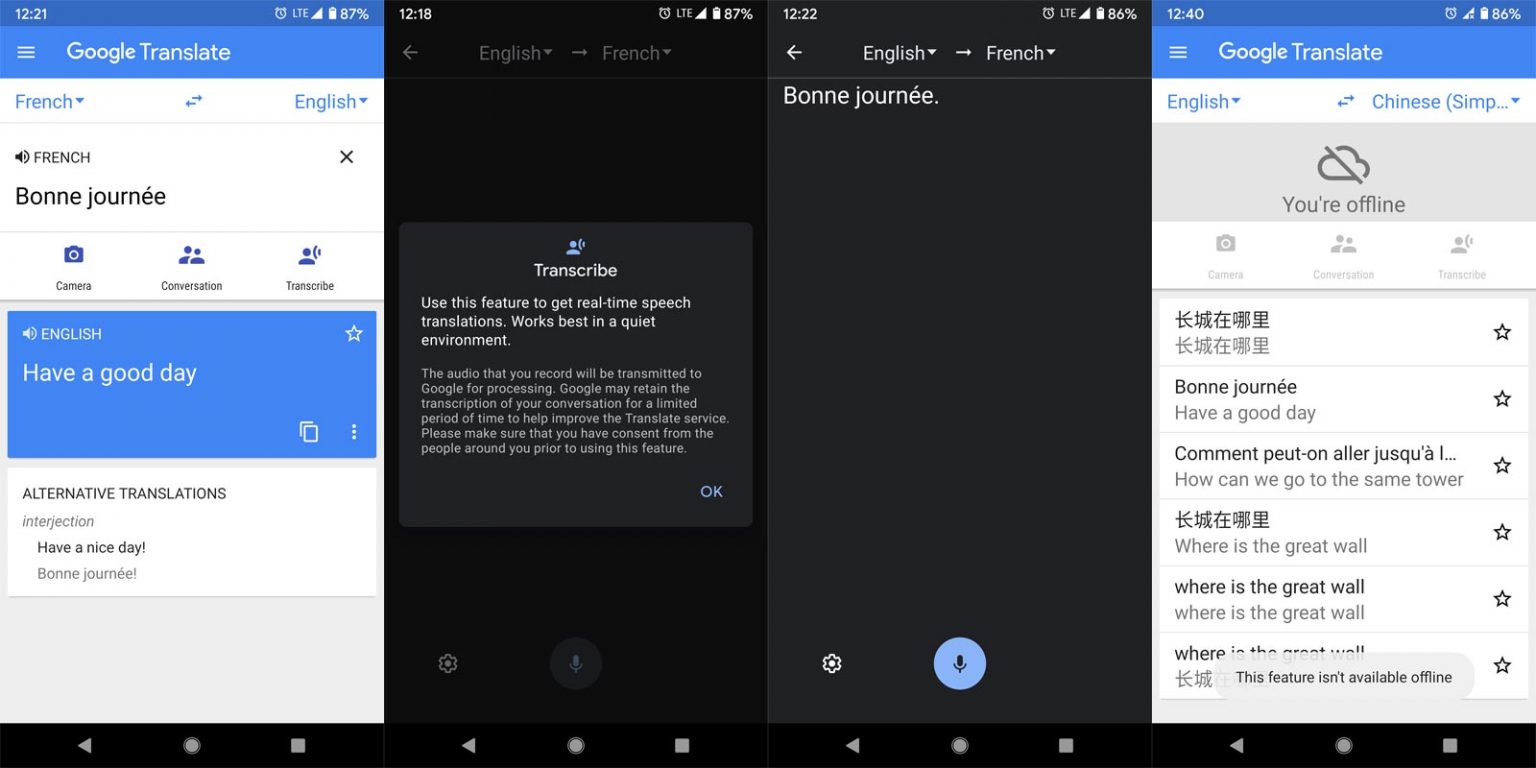

#GOOGLE TRANSLATE PRO. PROFESSIONAL#
Direct translation is common with Google Translate and often results in nonsensical literal translations while professional translators take great pains to ensure that this does not happen by using well-established online glossaries, back translation methods, proof readers and reviewers. With Google Translate the meaning can be “lost in translation” because there is no way to incorporate context. The complexity of the text, as well as any context which cannot be interpreted without a true knowledge of the language, makes the likelihood of errors greater.Google Translate uses a statistical method to form an online translation database based on language pair frequency. Google Translate uses a statistical approach to build an online database for translations that are often ( but not always) produced by humans and are available online.In contrast, Google Translate is able to produce a translation with the same number of words in just seconds! In an average workday an experienced translator can translate about 2,000 words maximum (300-400 words/hour) depending on the difficulty of the text. In fact, a human translator(s) cannot compete with the speed nor, as a result, the quantity of translations that Google Translate is able to perform. One of the main advantages of Google Translate is that it is very fast. An experienced professional translator can sometimes be costly, but remember you get what you pay for. So what are the pros and cons of Google translate vs. While these can often be amusing, there is nothing funny about making mistakes on serious business document translations or when critical information is communicated incorrectly.

In fact, it may in some circumstances come up with outright errors or extremely awkward literal translations. Although this works well in some cases, often this means that it cannot put a translation into proper context without the help of a human. The way that Google Translate works is that it uses frequency of word pairs between two languages as a database for its translations.

The pros and cons of Google translate not only impact professional translators in the language service industry, but rather anyone who chooses to use it as a translation tool. Certainly, online public access to a free, quick, and relatively accurate translation method represents significant progress in translation technology. But when one directly compares translation quality and accuracy using Google Translate with that of an experienced human translator, there is no real comparison. The Pros and Cons of Google Translate in the Professional World of Translation If Google Translate poses a problem in education, how much more of a problem is it for professionals working across languages and cultures, and what are the pros and cons of Google translate vs. The only problem is that most teachers can tell when a student has used an online translator like Google Translate since more often than not, the translation is inaccurate and ungrammatical. Still, many students go ahead and put their English essays into the online machine in order to get their nicely translated Spanish essay out to turn in to the teacher. If you’ve ever taken a foreign language course, teachers and professors implore students not to use Google Translate as a tool for completing assignments.


 0 kommentar(er)
0 kommentar(er)
